Douglas Hyde Gallery
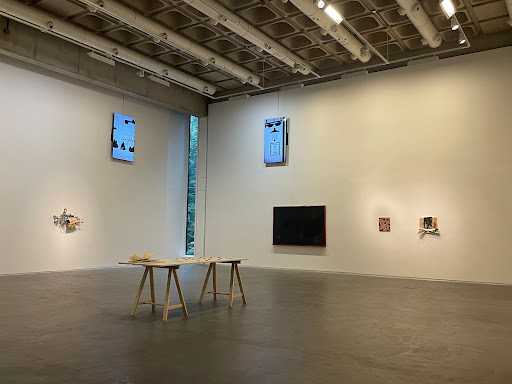
Located within Trinity College Dublin, the Douglas Hyde Gallery is a leading venue for contemporary art in Ireland. Established in 1978 and named after Ireland’s first president, it was the country’s first publicly funded gallery dedicated to contemporary art. The gallery comprises two exhibition spaces and regularly presents solo and group shows by Irish and international artists, often exploring bold and experimental themes. Its Brutalist architecture, designed by Paul Koralek, offers a striking and contemplative setting for installations, performances, and multimedia works. Under the direction of Georgina Jackson, the Douglas Hyde continues to champion emerging voices and underrepresented perspectives, with a dynamic programme of talks, workshops, and screenings. Admission is always free, and the gallery remains committed to accessibility and public engagement. With its rich history and forward-thinking ethos, the Douglas Hyde Gallery is a vital part of Dublin’s cultural landscape, inviting visitors to experience art that challenges, inspires, and resonates.
Dublin IrelandThe Douglas Hyde Gallery is located at Nassau Street, within the historic campus of Trinity College Dublin, Dublin 2. Founded in 1978 as Ireland’s first publicly funded contemporary art gallery and the first university gallery in the country, it showcases a diverse programme of exhibitions highlighting innovative Irish and international artists. The gallery consists of two exhibition spaces: a large, dramatic Brutalist-style gallery and a smaller, more intimate award-winning gallery, providing a focused environment for contemporary art. Situated in the heart of Dublin city, the gallery is near major landmarks such as the Book of Kells and Trinity College’s Old Library, making it a key stop on any cultural tour. The area is rich with historic buildings, cafes, and college life energy. Nearby are also the National Gallery of Ireland and the bustling Grafton Street shopping district. The Douglas Hyde Gallery benefits from excellent public transport links, including numerous buses and the nearby Luas tram stop at St Stephen’s Green, ensuring easy access for visitors exploring Dublin’s vibrant art scene.
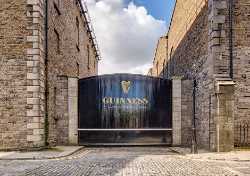 Guinness Storehouse
Dublin
Guinness Storehouse
Dublin
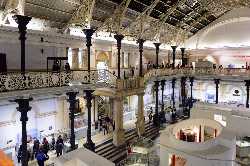 National Museum of Ireland Archaeology
Dublin
National Museum of Ireland Archaeology
Dublin
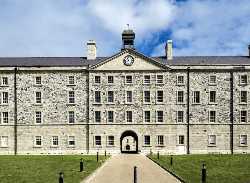 National Museum of Ireland Decorative Arts and History
Dublin
National Museum of Ireland Decorative Arts and History
Dublin
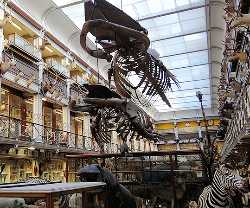 National Museum of Ireland Natural History
Dublin
National Museum of Ireland Natural History
Dublin
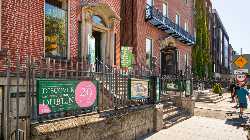 The Little Museum of Dublin
Dublin
The Little Museum of Dublin
Dublin
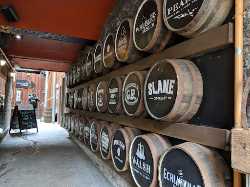 Irish Whiskey Museum
Dublin
Irish Whiskey Museum
Dublin
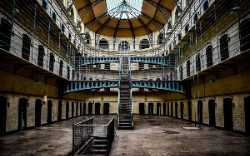 Kilmainham Gaol
Dublin
Kilmainham Gaol
Dublin
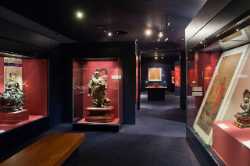 Chester Beatty
Dublin
Chester Beatty
Dublin
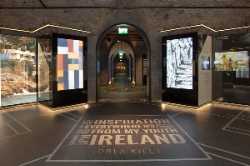 EPIC, the Irish Emigration Museum
Dublin
EPIC, the Irish Emigration Museum
Dublin
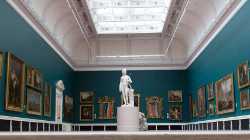 The National Gallery of Ireland
Dublin
The National Gallery of Ireland
Dublin
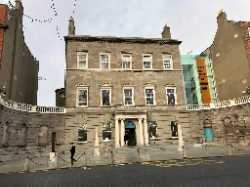 Hugh Lane Gallery
Dublin
Hugh Lane Gallery
Dublin
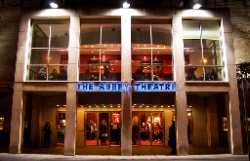 Abbey Theatre
Dublin
Abbey Theatre
Dublin
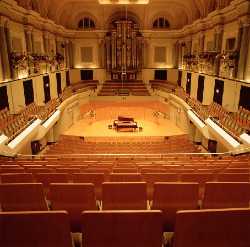 National Concert Hall
Dublin
National Concert Hall
Dublin
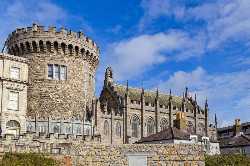 Dublin Castle
Dublin
Dublin Castle
Dublin
 Christ Church Cathedral Dublin
Dublin
Christ Church Cathedral Dublin
Dublin
 St Patrick's Cathedral Dublin
Dublin
St Patrick's Cathedral Dublin
Dublin
 Ha'penny Bridge
Dublin
Ha'penny Bridge
Dublin
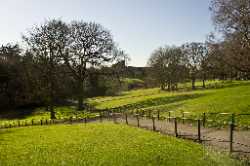 Phoenix Park
Dublin
Phoenix Park
Dublin
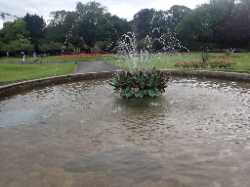 Saint Stephen's Green
Dublin
Saint Stephen's Green
Dublin
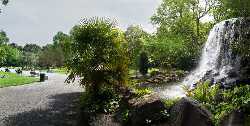 Iveagh Gardens
Dublin
Iveagh Gardens
Dublin
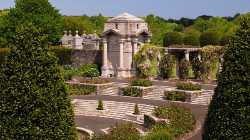 Irish National War Memorial Gardens
Dublin
Irish National War Memorial Gardens
Dublin
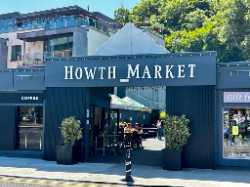 Howth Market Dublin
Dublin
Howth Market Dublin
Dublin
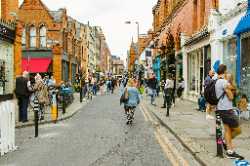 Drury Street Dublin
Dublin
Drury Street Dublin
Dublin
 Jameson Distillery Bow St
Dublin
Jameson Distillery Bow St
Dublin
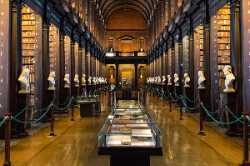 The Book of Kells Dublin
Dublin
The Book of Kells Dublin
Dublin
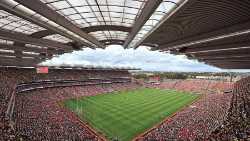 Croke Park
Dublin
Croke Park
Dublin
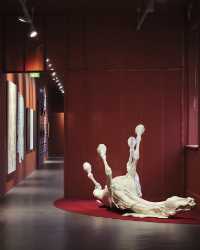 Irish Museum of Modern Art
Dublin
Irish Museum of Modern Art
Dublin
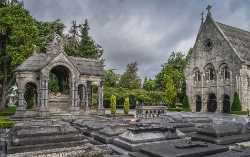 Glasnevin Cemetery Museum
Dublin
Glasnevin Cemetery Museum
Dublin
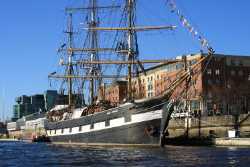 Jeanie Johnston Tall Ship & Famine Museum
Dublin
Jeanie Johnston Tall Ship & Famine Museum
Dublin
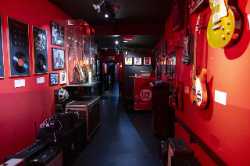 The Irish Rock ‘N’ Roll Museum Experience
Dublin
The Irish Rock ‘N’ Roll Museum Experience
Dublin
 GPO Museum
Dublin
GPO Museum
Dublin
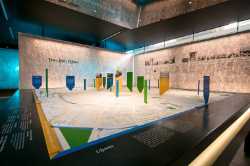 Museum of Literature Ireland
Dublin
Museum of Literature Ireland
Dublin
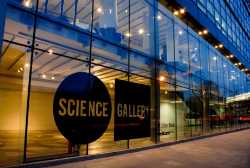 Science Gallery Dublin
Dublin
Science Gallery Dublin
Dublin
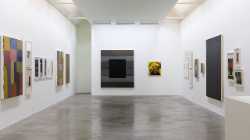 Kerlin Gallery
Dublin
Kerlin Gallery
Dublin
 Temple Bar Gallery
Dublin
Temple Bar Gallery
Dublin
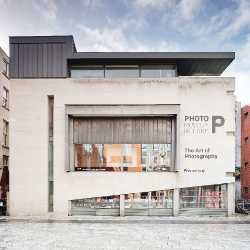 Gallery of Photography Ireland
Dublin
Gallery of Photography Ireland
Dublin
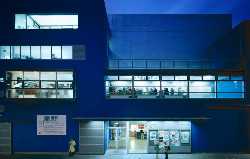 Project Arts Centre
Dublin
Project Arts Centre
Dublin
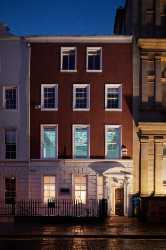 The Molesworth Gallery
Dublin
The Molesworth Gallery
Dublin
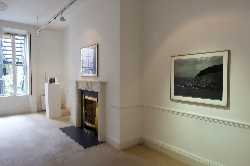 Oliver Sears Gallery
Dublin
Oliver Sears Gallery
Dublin
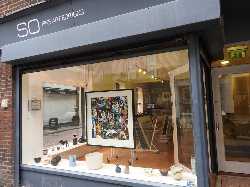 SO Fine Art Editions
Dublin
SO Fine Art Editions
Dublin
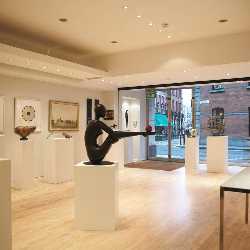 Solomon Fine Art
Dublin
Solomon Fine Art
Dublin
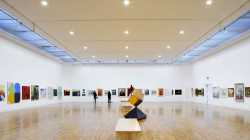 Royal Hibernian Academy
Dublin
Royal Hibernian Academy
Dublin
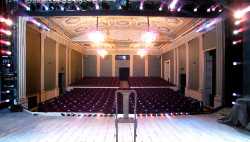 Gate Theatre
Dublin
Gate Theatre
Dublin
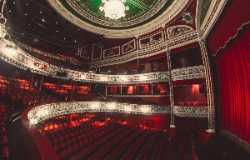 Gaiety Theatre
Dublin
Gaiety Theatre
Dublin
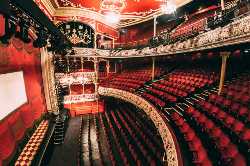 Olympia Theatre
Dublin
Olympia Theatre
Dublin
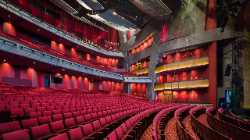 Bord Gáis Energy Theatre
Dublin
Bord Gáis Energy Theatre
Dublin
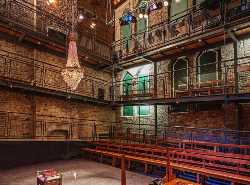 Smock Alley Theatre
Dublin
Smock Alley Theatre
Dublin
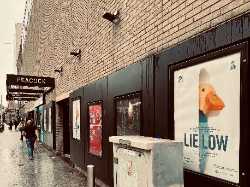 Peacock Theatre
Dublin
Peacock Theatre
Dublin
 Liberty Hall Theatre
Dublin
Liberty Hall Theatre
Dublin
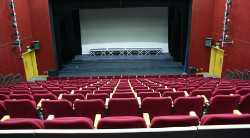 Civic Theatre
Dublin
Civic Theatre
Dublin
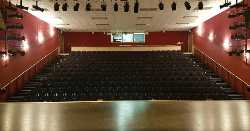 Draíocht Arts Centre
Dublin
Draíocht Arts Centre
Dublin
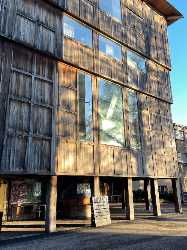 Samuel Beckett Theatre
Dublin
Samuel Beckett Theatre
Dublin
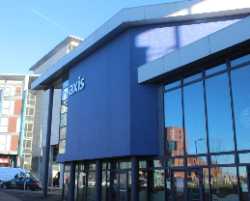 Axis Ballymun
Dublin
Axis Ballymun
Dublin
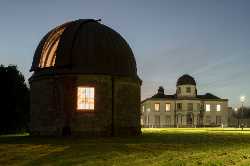 Dunsink Observatory
Dublin
Dunsink Observatory
Dublin